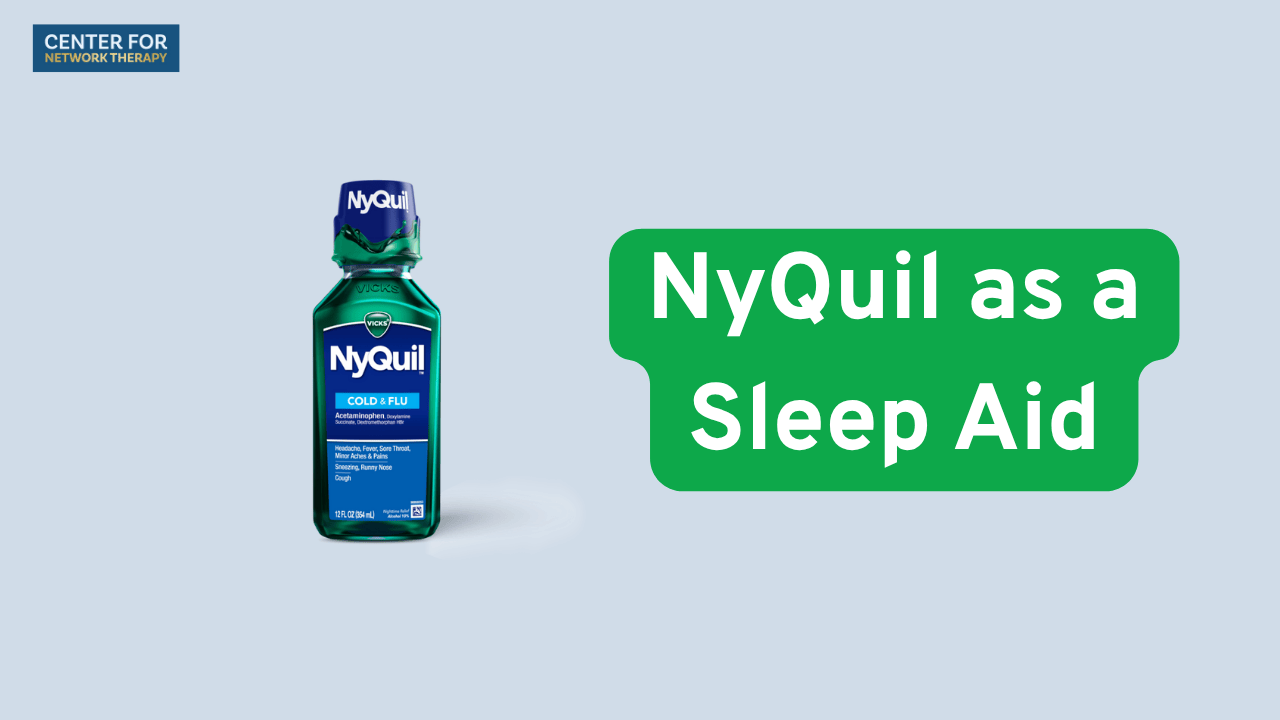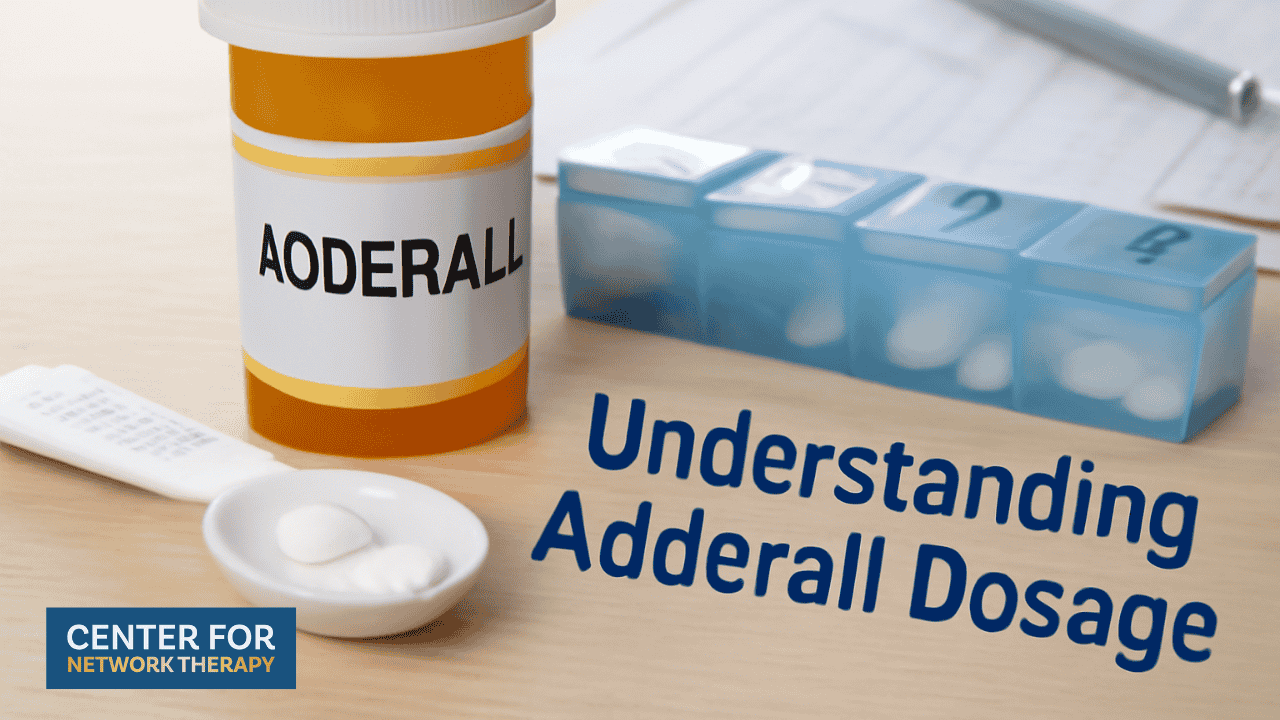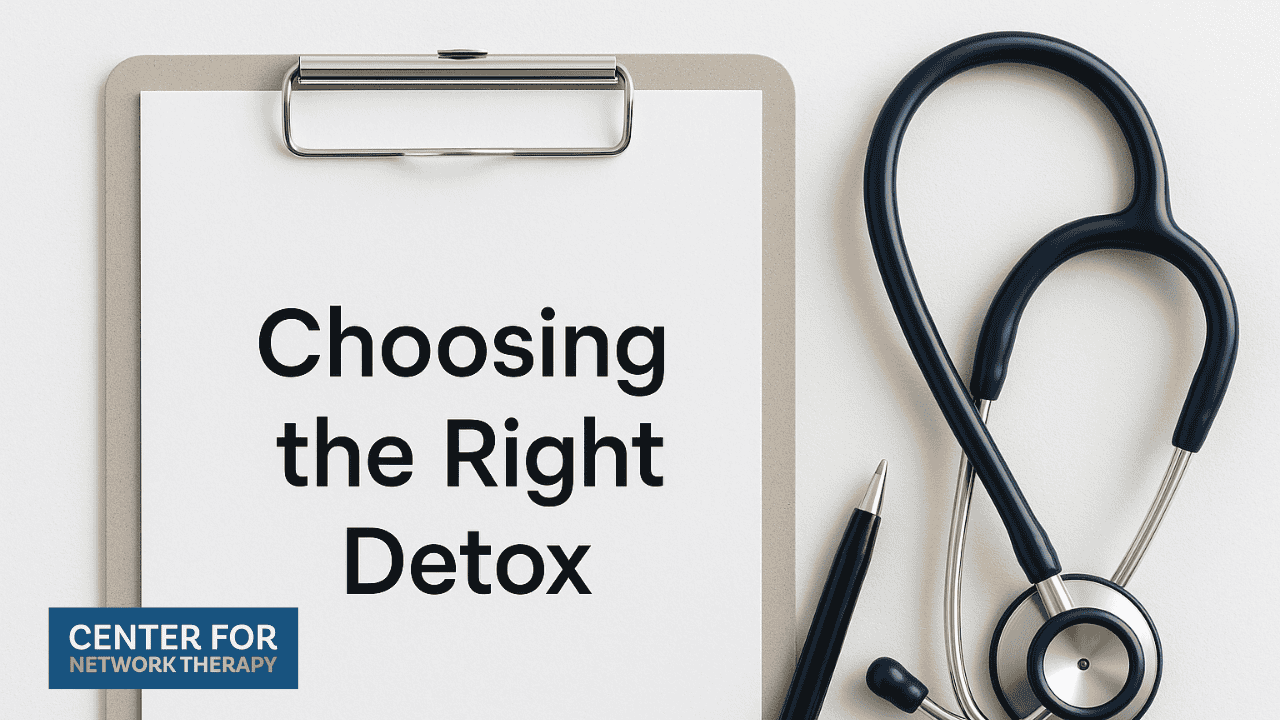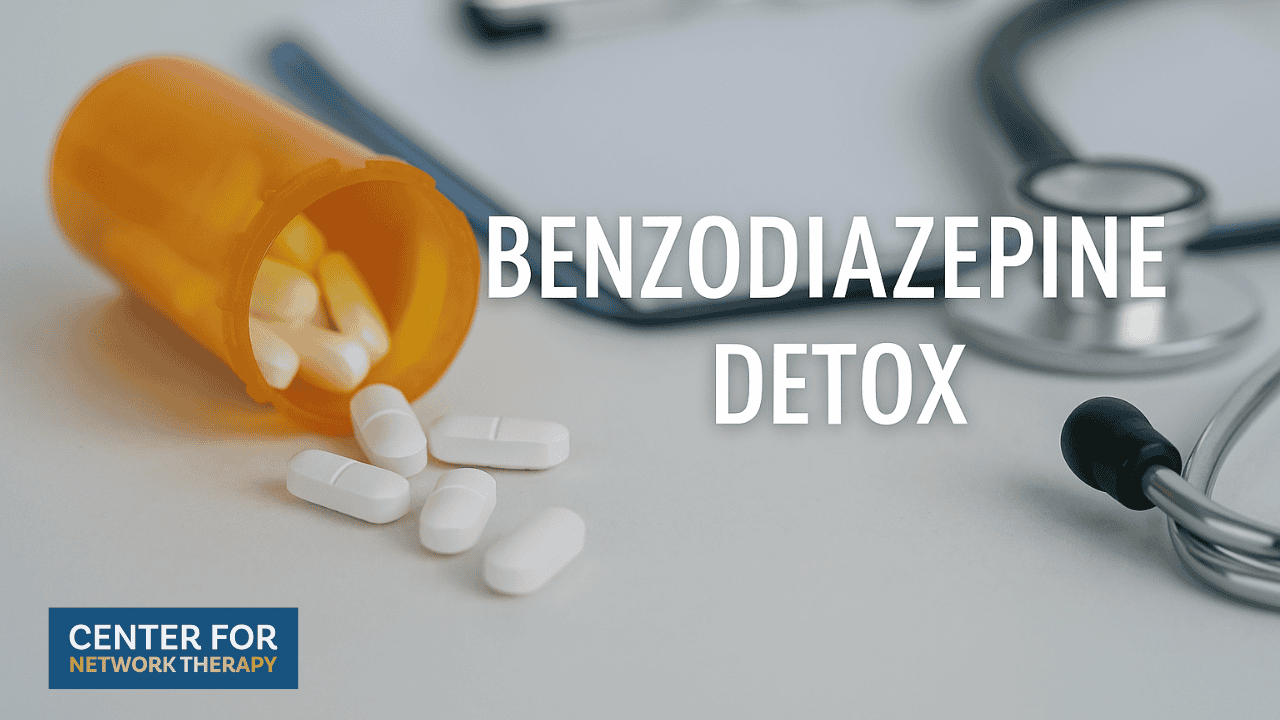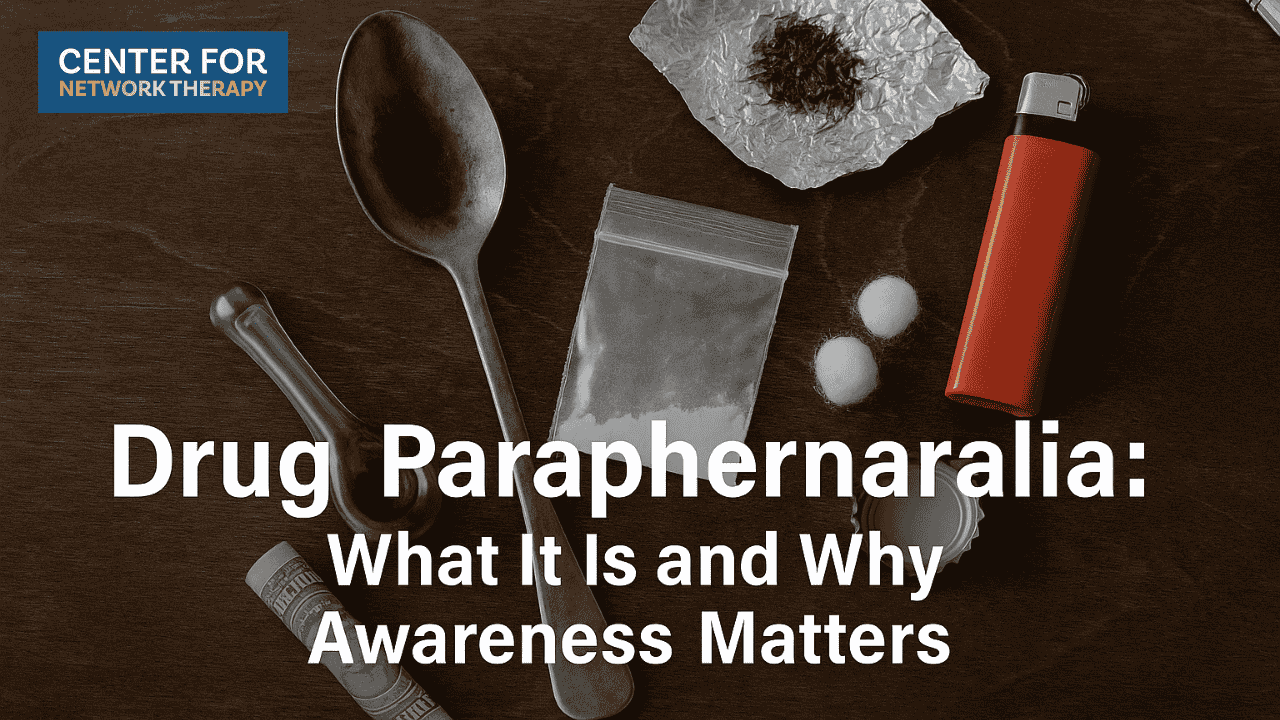The Addiction Trap – A Graphic View
Individuals suffering from addiction always wonder how they got addicted in the first place. They almost always feel that they slipped into addiction inadvertently. It seemed to them that they were just having some fun with drugs or alcohol at a few parties or used them a few times to cope with some stressors and, suddenly, their bodies had become chemically dependent on drugs or alcohol and they had to use them at higher doses so that they could function and feel normal. While genetics is definitely a factor in addiction, dependence, sometimes, develops quickly with repeated use. Below is a graphical representation of how people usually slip into addiction, which should help you visualize how addiction “happened” stealthily!
Addiction does not discriminate based on race, color, ethnicity or sexual orientation. Every community in New Jersey, rich or poor, is faced with the drug and opioid epidemic. Be it Middlesex or Somerset, Manalapan or Marlboro, Toms River or Forked River. Mendham or Morristown, Plainfield or New Brunswick, Sayreville or Old Bridge addiction is a serious issue.
Women, however, are more at risk of getting addicted relative to men due to physiological differences. Women’s bodies have less water than men, so substances stay in the body at higher concentration levels. Also, they have less of the enzymes that process drugs and alcohol which means substances stay in the body longer. Consequently, they are prone to getting addicted faster for the same levels of use. Another factor that is unique about women who are addicted is that a majority of them have experienced some form of trauma – physical, sexual, verbal or emotional – earlier in their lives. So, addiction treatment for women has to incorporate this variable.
No one sets out one fine morning to get addicted! While genetics is a predisposing factor, there are external factors involved in driving initial use of licit or illicit substances. For some women it is an attempt to self-medicate for mental health issues, as they are more prone to suffer from depression and anxiety relative to men. For other women drugs or alcohol helps them deal with the ghosts of the past – abuse. For the young adults, experimentation with drugs and alcohol likely happened in high school due to peer pressure coupled with increased availability. For young men it is likely that strenuous physical activity resulted in an injury that required opiate pain pills for an extended period of time that drove them to addiction. For some suffering from major depressive disorder, or MDD, none of the antipsychotics in the market worked and they were forced to try and self-medicate through street drugs or alcohol so that they could go about their daily lives. For others with mental health issues, their addiction was induced due to lengthy use of a class of drugs called benzodiazepines, usually prescribed to treat insomnia and anxiety. While the paths to addiction are many the end result is the same: increased tolerance and dependence.

The graph above depicts how addiction slowly, stealthily and inadvertently seeps in when a substance is abused repeatedly. First use of a substance at a certain dosage delivers a high that probably cannot be achieved with the same dose again, as the body develops tolerance for the substance when used repeatedly. After the high wears off, the “low” follows, but it does not cause much discomfort the first few times, although the low intensifies slowly with repeated use. After repeated use of a substance the brain begins to change. It stops producing enough of the pleasure neurotransmitter, dopamine, in response to usual pleasure stimuli such as hobbies, food or sex. The brain waits for a stimulus from drugs or alcohol to even produce enough dopamine for the person to feel normal and function! When this happens, the person is said to have developed dependence for the drug or alcohol. At this point a person abusing substances is doing it just to bring up his or her mood to feel normal so that he or she can function in their daily lives.
Related Articles
Understanding Alcohol Dependence




















